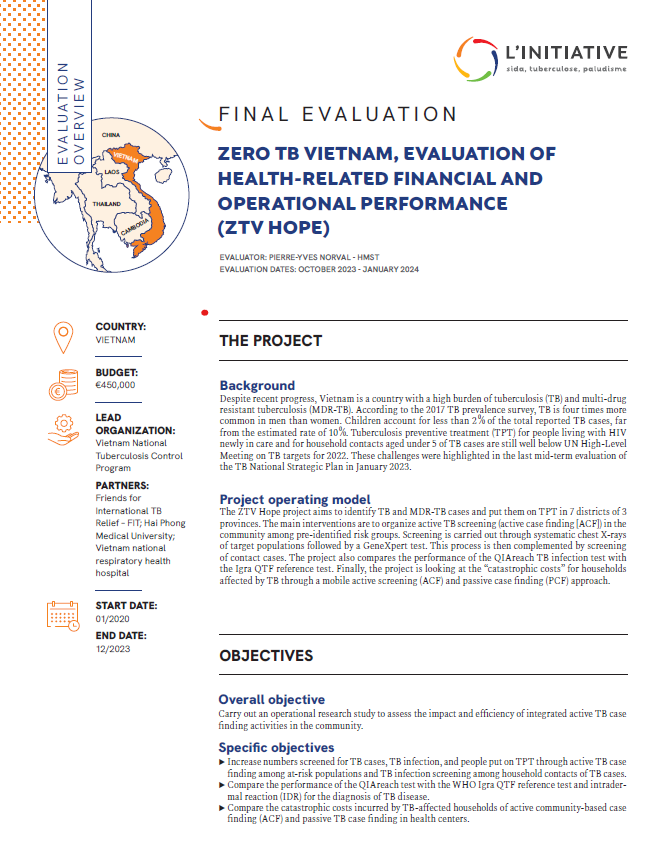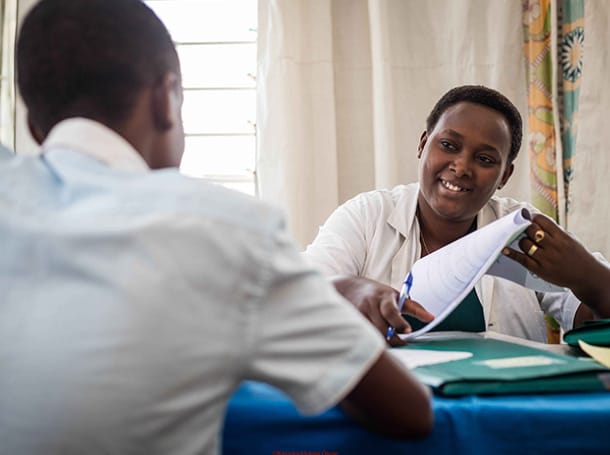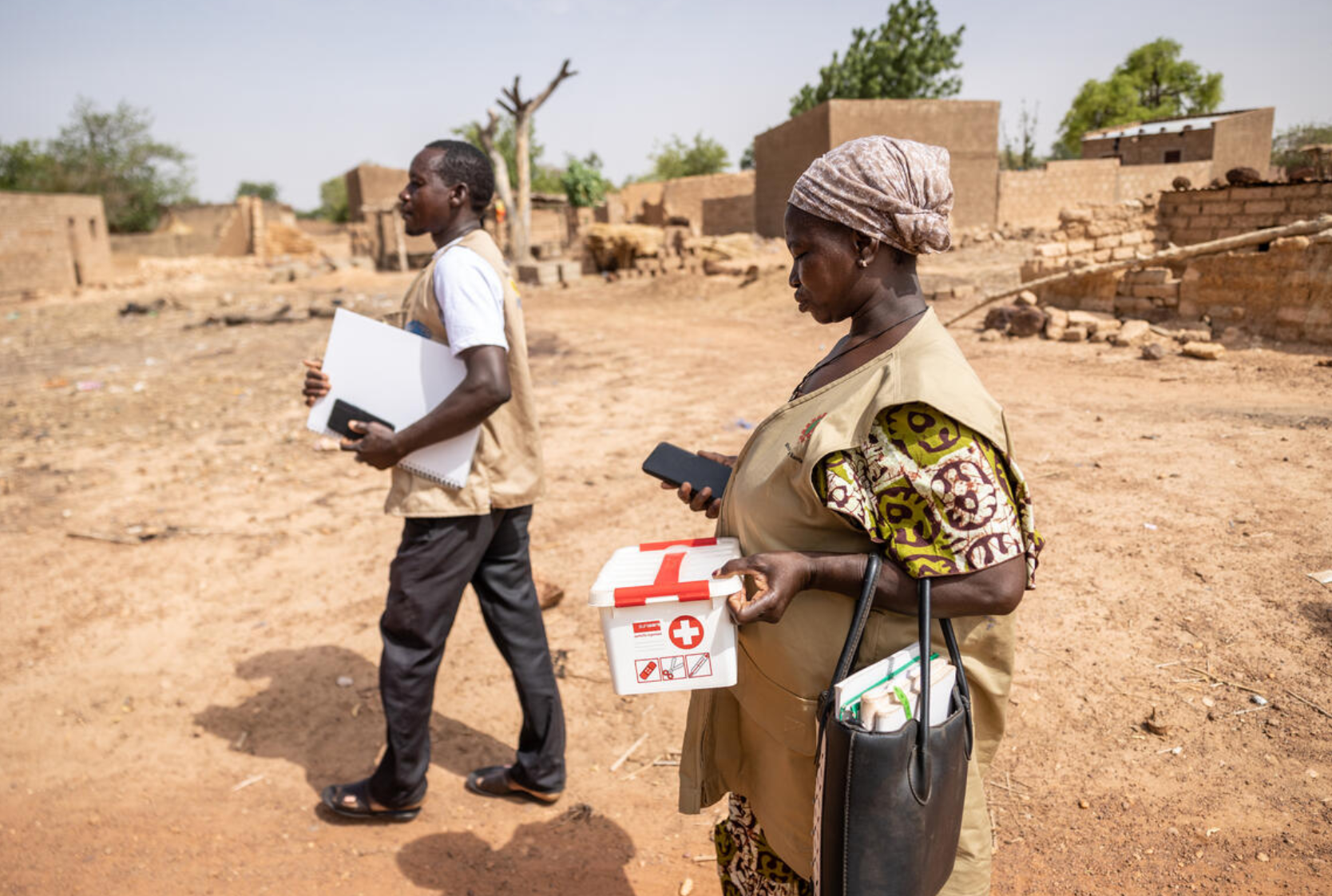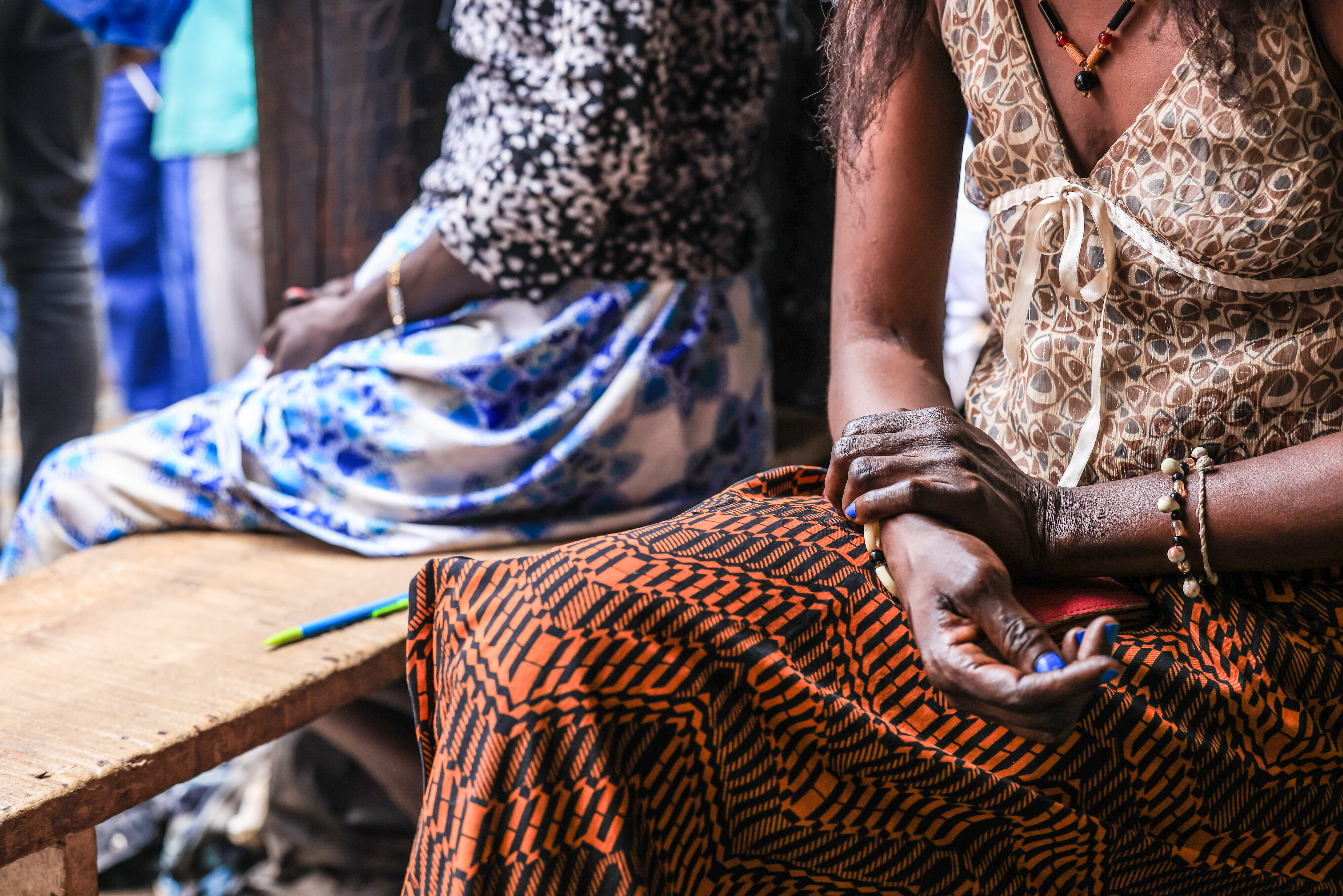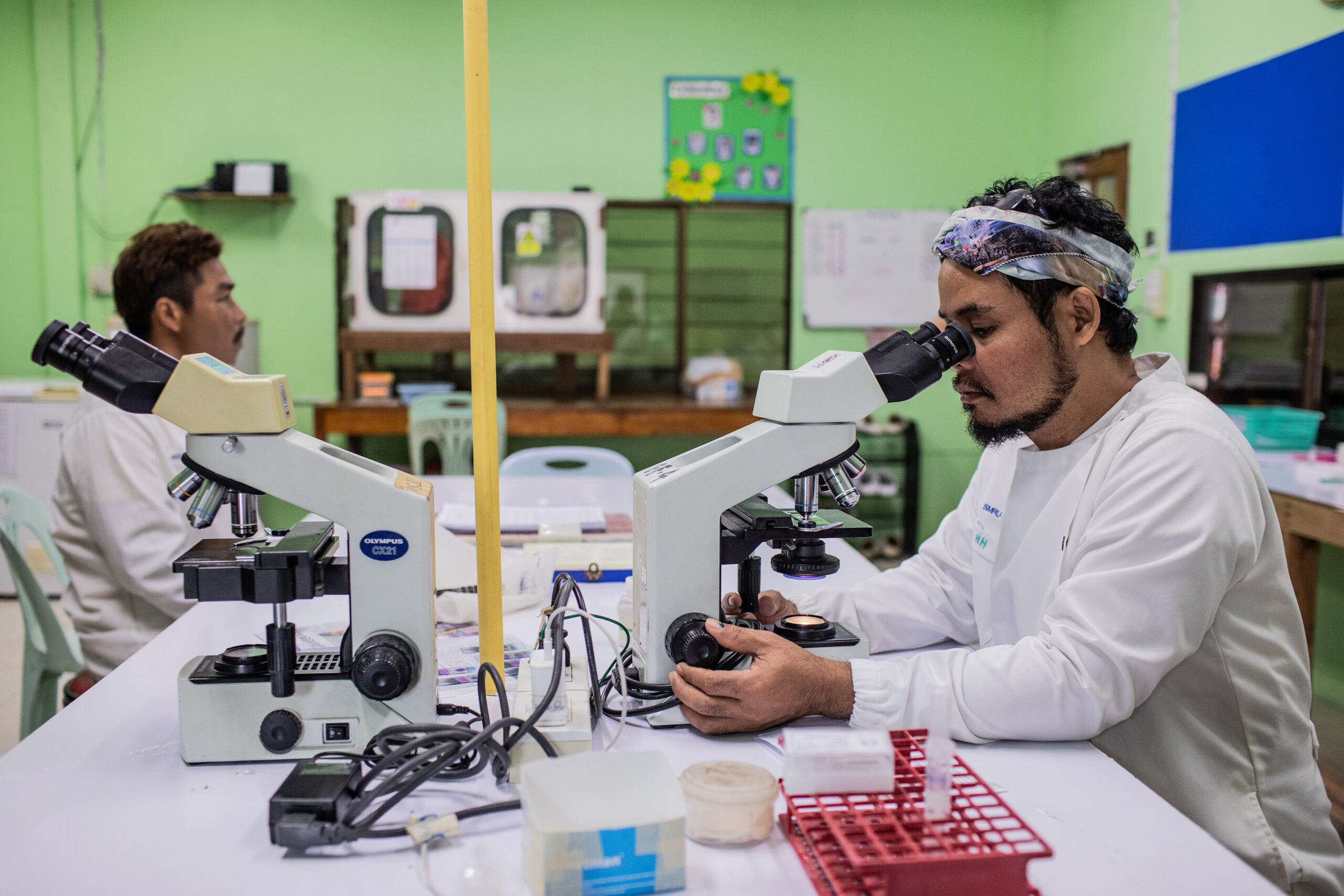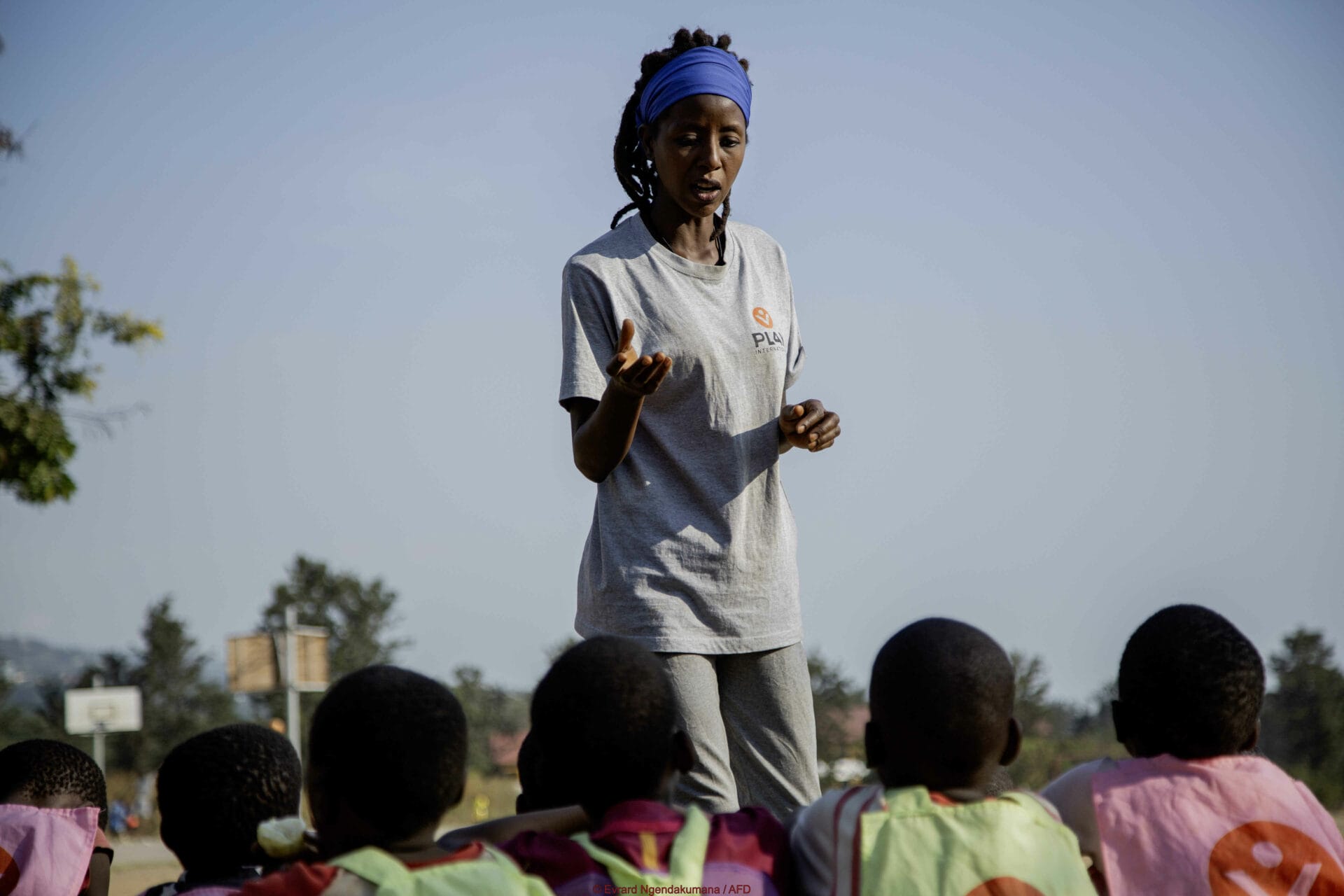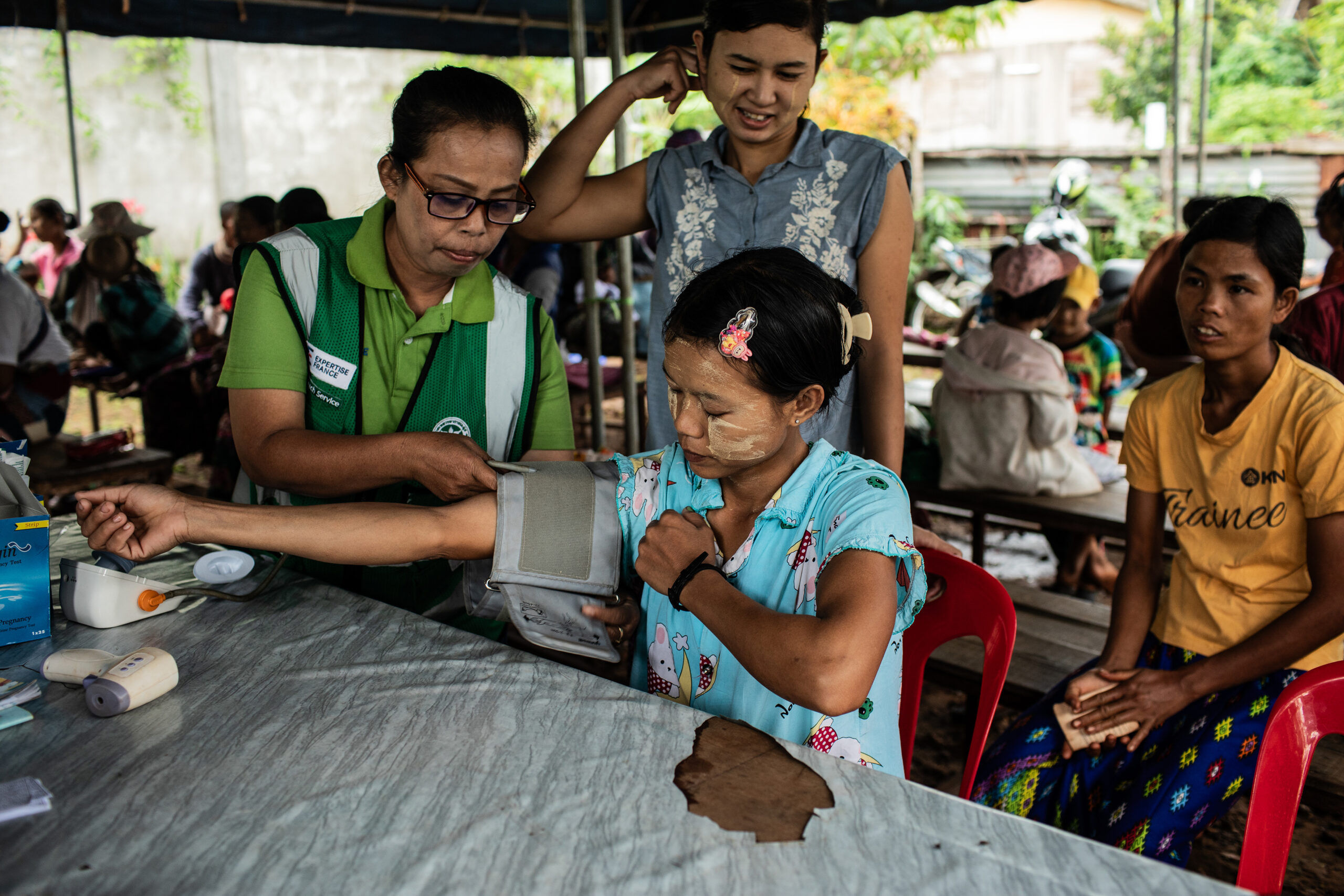The Mérieux Foundation led an operational research study in partnership with the Pasteur Center of Cameroon and the Pasteur Institute of Madagascar. The aim of the project: to design an effective, sustainable screening and management policy for latent tuberculosis infection, tailored to the socioeconomic realities of both countries.
Co-financed by L’Initiative and the Mérieux Foundation, the APRECIT project (in French, Amélioration de la Prise En Charge de l’Infection Tuberculeuse) was conducted between January 2021 and December 2023 in Madagascar and Cameroon, in partnership with the national tuberculosis control programs of these two countries and community-based structures. Its main goal was to evaluate different screening strategies and improve the management of latent tuberculosis infection.
Preventing and treating latent tuberculosis infection: a global priority
To achieve the goals of the END-TB strategy–drastically reducing mortality and the incidence of tuberculosis by 2035–, the World Health Organization recommends preventing, diagnosing, and treating both active and latent tuberculosis infection. The active form is generally symptomatic, contagious, and potentially lethal, while the latter manifests asymptomatically or silently, constituting a reservoir conducive to the emergence of active tuberculosis cases.
“A quarter of the global population is believed to carry Mycobacterium tuberculosis without knowing it, and about 10% of this silent reservoir will develop tuberculosis disease during their lifetime”
Jonathan Hoffmann, researcher at the Mérieux Foundation who worked on the APRECIT project.
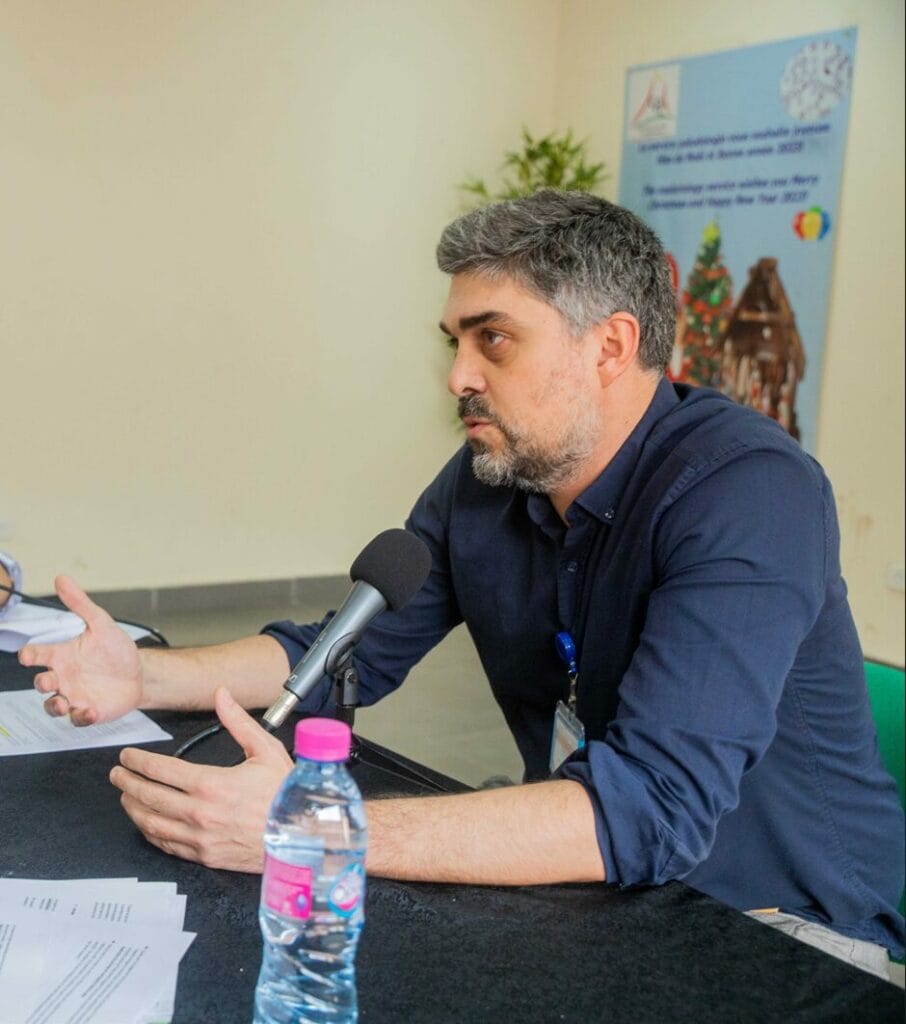
Currently, it is difficult to predict who will progress from latent tuberculosis infection to active disease. Therefore, “it is crucial to administer preventive tuberculosis treatment to the most vulnerable people, especially children under 5, people living with HIV, and contact cases–namely people who are in direct contact with tuberculosis patients.”
However, preventing latent tuberculosis faces several organizational or sociocultural obstacles. The researcher identifies the reasons for this blind spot in control programs: “Due to its invisibility, national programs do not prioritize latent tuberculosis as a public health priority, and the necessary contact investigations to identify at-risk populations are not systematically conducted.” These investigations allow monitoring of intrafamilial and intradomiciliary cases, those who are in direct contact with the index case (i.e., the first identified case within a community). “Living with an individual with active tuberculosis significantly increases the risk of infection for other household members,” adds Jonathan Hoffman. “But it is bewildering and counterintuitive for patients with latent tuberculosis infection to undergo a long and heavy treatment (several molecules for several months with side effects) when they never developed any symptom.”
APRECIT: An operational research study based on a community intervention model
The APRECIT project was conceived to establish a cost-effective and sustainable screening and care policy for latent tuberculosis infection, adapted to the socioeconomic contexts of Madagascar and Cameroon, two countries with too high tuberculosis incidence. To this end, the Mérieux Foundation coordinated this operational research with the Pasteur Center of Cameroon and the Pasteur Institute of Madagascar, based on a community intervention model.
The study began by identifying “index cases” of tuberculosis disease in hospitals and tuberculosis screening and treatment centers in Antananarivo and Yaoundé. The implementation of the strategy relies on working duos composed of a nurse and a community health worker for active case finding (ACRA: agent communautaire pour la recherche active de cas) in Cameroon or a clinical research associate (ARC: attaché de recherche clinique) in Madagascar. From each “index case” of tuberculosis disease who agreed to participate in the APRECIT study, the duo was tasked with conducting a household investigation. An active screening for latent tuberculosis infection was then carried out among intradomiciliary contacts using tests. The study compared two tests: the tuberculin skin test (performed on the arm with the result read 72 hours later) and the IGRA test (on whole blood).
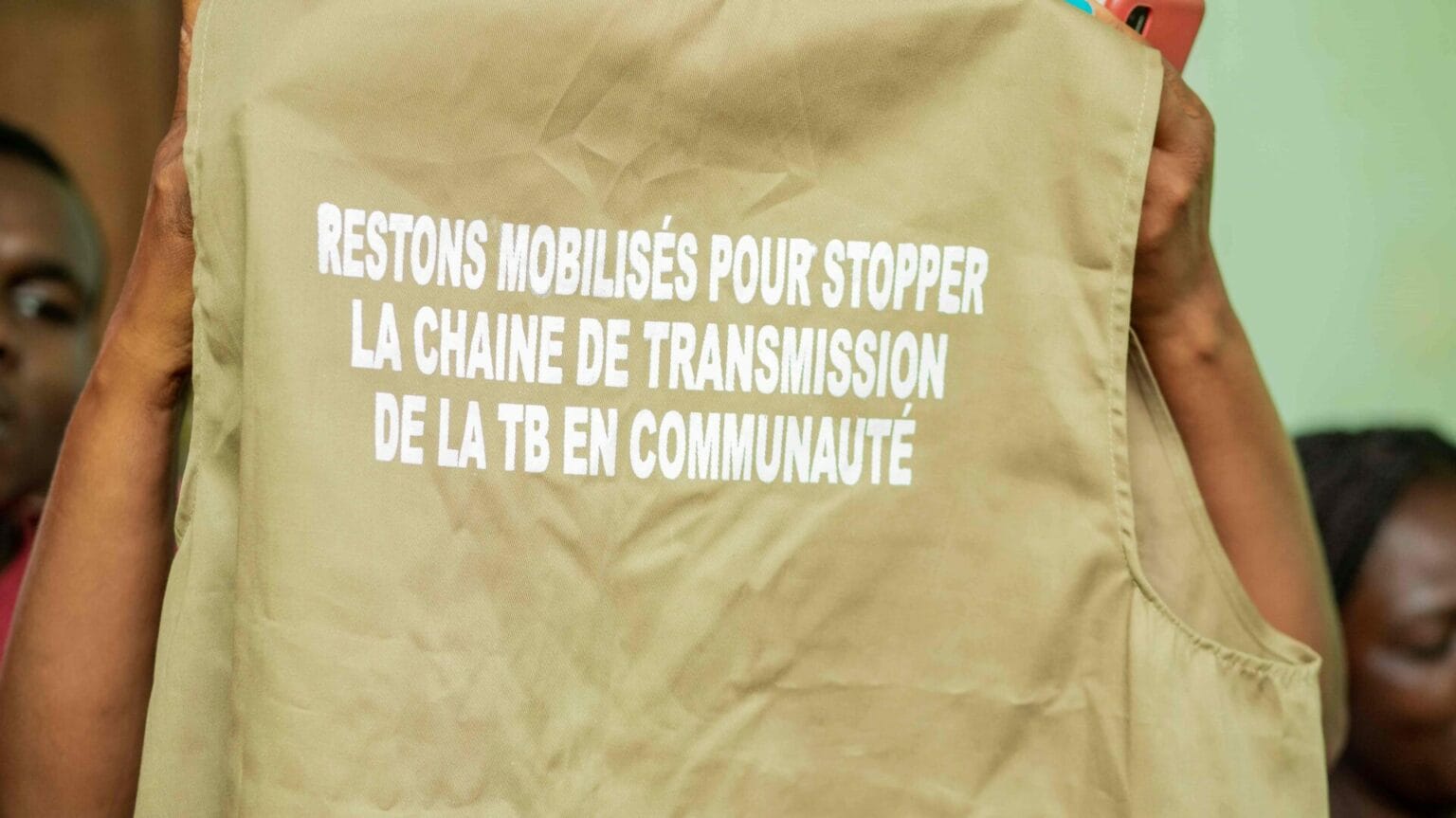
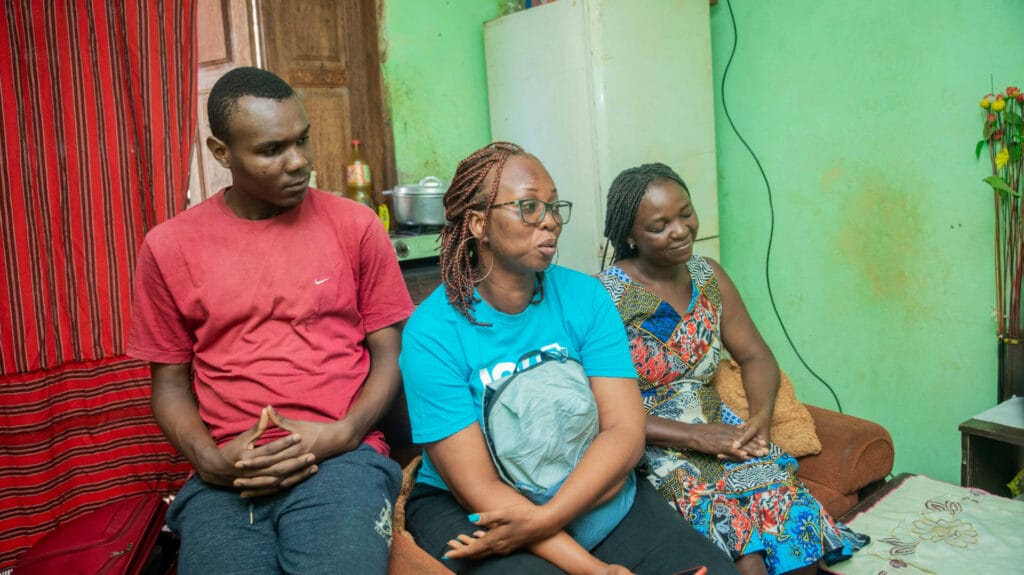
Two community health workers ensure the care of a beneficiary family in the district of Oyomabang, in Yaoundé.
The nurse/health worker duos also provided families with awareness about tuberculosis and the prevention measures recommended at the national level. In case of doubt, hospital assistance was offered to families: they rarely go to consult spontaneously because of a strong apprehension of the financial costs associated with hospital care, among other reasons. Subsequently, regular follow-up was provided for each beneficiary family, with a planned transition to local health facility nurses.
Encouraging testimonials from patients and their relatives
In each country, 1,250 close contacts of people with active tuberculosis were recruited for the study. All voluntary participants were followed for 24 months. This was the case for a family living in Oyomabang, a difficult-to-access neighborhood on the western outskirts of Yaoundé, Cameroon. Alerted by her son’s increasing violent coughs and rapid weight loss, a mother took her eldest to the district health center when the boy started coughing up blood, a sign of an advanced stage of tuberculosis. That’s where their path crossed with the APRECIT project. A relationship of trust was established between the family and the nurse/health worker duo.
Throughout the follow-up, the same duo conducted regular screenings at home, monitored the health status of the family members, and provided practical advice to avoid intrafamilial contamination. The psychological and emotional support proved crucial because the disease isolated the family, stigmatized by its surroundings, a common phenomenon due to the lack of knowledge about the realities of this disease.
“Finally, a program that worked and brought concrete results!”
Like her, another program beneficiary greatly appreciated the ACRA’s home visits: “It saved us transportation costs given our limited means. Even though there are multiskilled community health workers in our neighborhoods, they do not benefit from the same organization as that set up by the project with the ACRAs.”
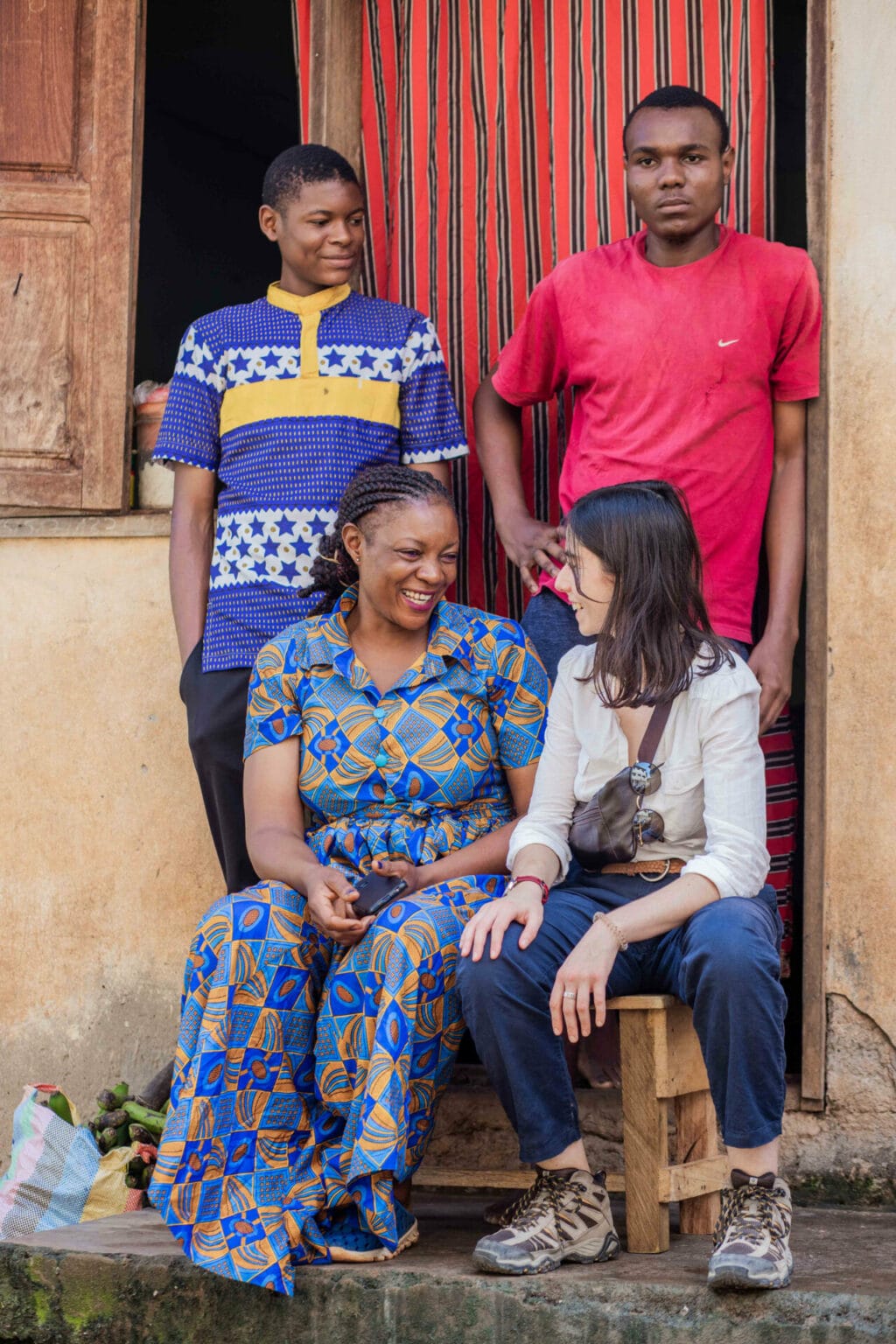
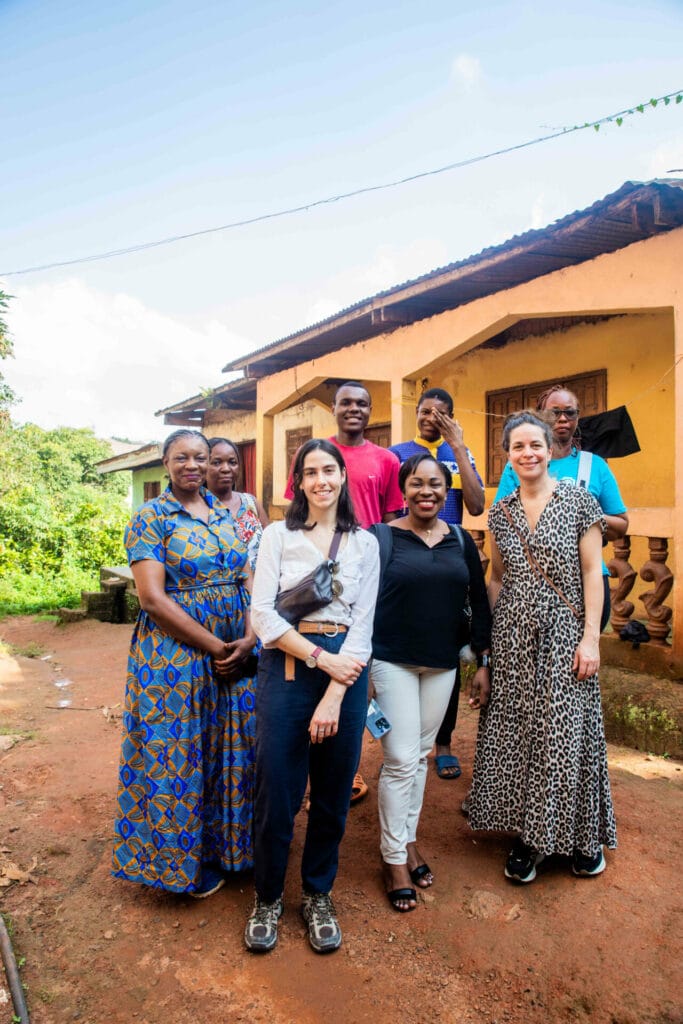
Visit to the beneficiary family alongside the medical anthropologist Janina Kehr and the APRECIT project manager from the Pasteur Center of Cameroon, Verlaine Mbouchong.
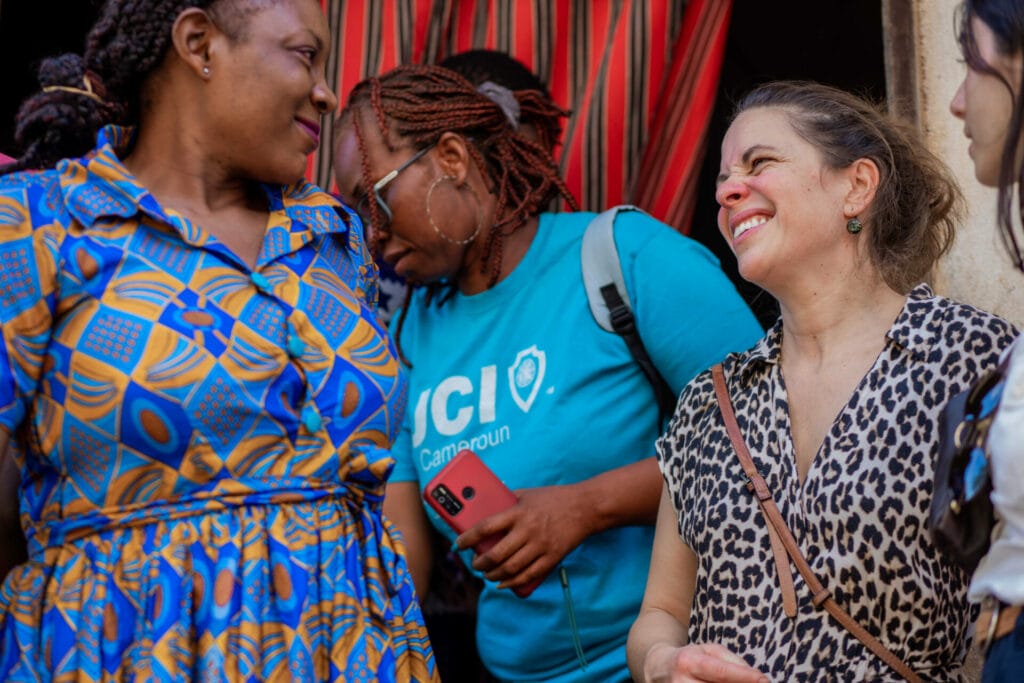
Achievements in practice-based outcomes
In total, the APRECIT project enabled the care of 43 people diagnosed with tuberculosis disease; some of whom might not have been diagnosed without the intervention. 2,084 individuals (513 index cases and 1,571 intradomiciliary contacts) benefited from a significant improvement in their quality of life. 197 vulnerable people (children under 5 and people living with HIV) were cared for within the project. About 30% refused the proposed preventive treatment regimen. The ACRAs/CRAs report that personalized support for each contact subject strengthens confidence in the strategy and increases the acceptability of preventive treatment. A strategy involving former tuberculosis patients or people who have received preventive treatment could improve support for families facing tuberculosis.
In terms of health skills, more than 50 people were trained in community intervention and the conduct of latent tuberculosis infection screening tests. These promising results highlight the importance of fully integrating community health into national tuberculosis control programs. “Despite the fear of contracting the disease and apprehension about the time dedicated to this volunteer work, we now have a deep understanding of tuberculosis and the prevention measures to be established within households,” explain two Cameroonian women volunteering as ACRAs for the project. For them, ensuring continuity of care between families and health centers is of utmost importance for patient follow-up, particularly in terms of treatment compliance. However, community workers face many challenges because establishing trust requires constant educational work and patience:
“Convincing patients to continue their treatment and encouraging them to accept follow-up visits even after symptoms disappear is not always easy.”
Indeed, while treatment is now free in Cameroon, follow-up and post-infection examinations are not.
Despite these limits, cross-referencing data between Madagascar and Cameroon notably allowed the development of a biobank of biological samples from each study participant. Since 2023, as part of the second phase of the project (APRECIT-BIS) funded by ANRS-MIE, these samples are analyzed using three innovative approaches to screening for latent tuberculosis infection. All three are promising and present interesting characteristics for large-scale deployment. They could allow health authorities to better identify potential beneficiaries of preventive tuberculosis treatment, in order to prevent the progression of latent tuberculosis infection to tuberculosis disease.

Tuberculosis: The voices of research
A unique podcast to explore the mechanics of the tuberculosis pandemic, crossing clinical and human sciences thanks to the stories of researchers from around the world.

